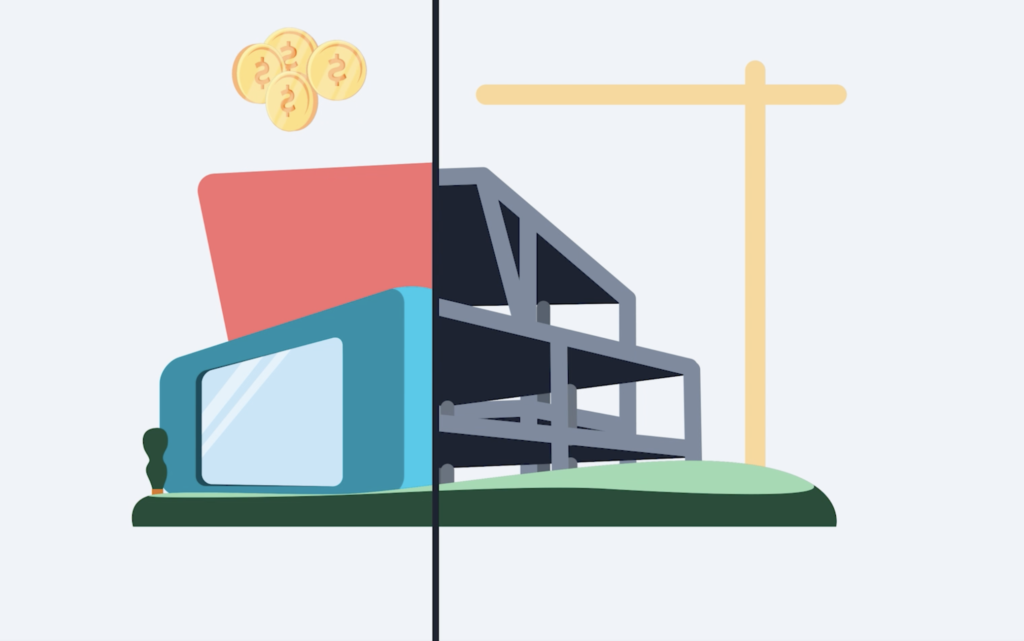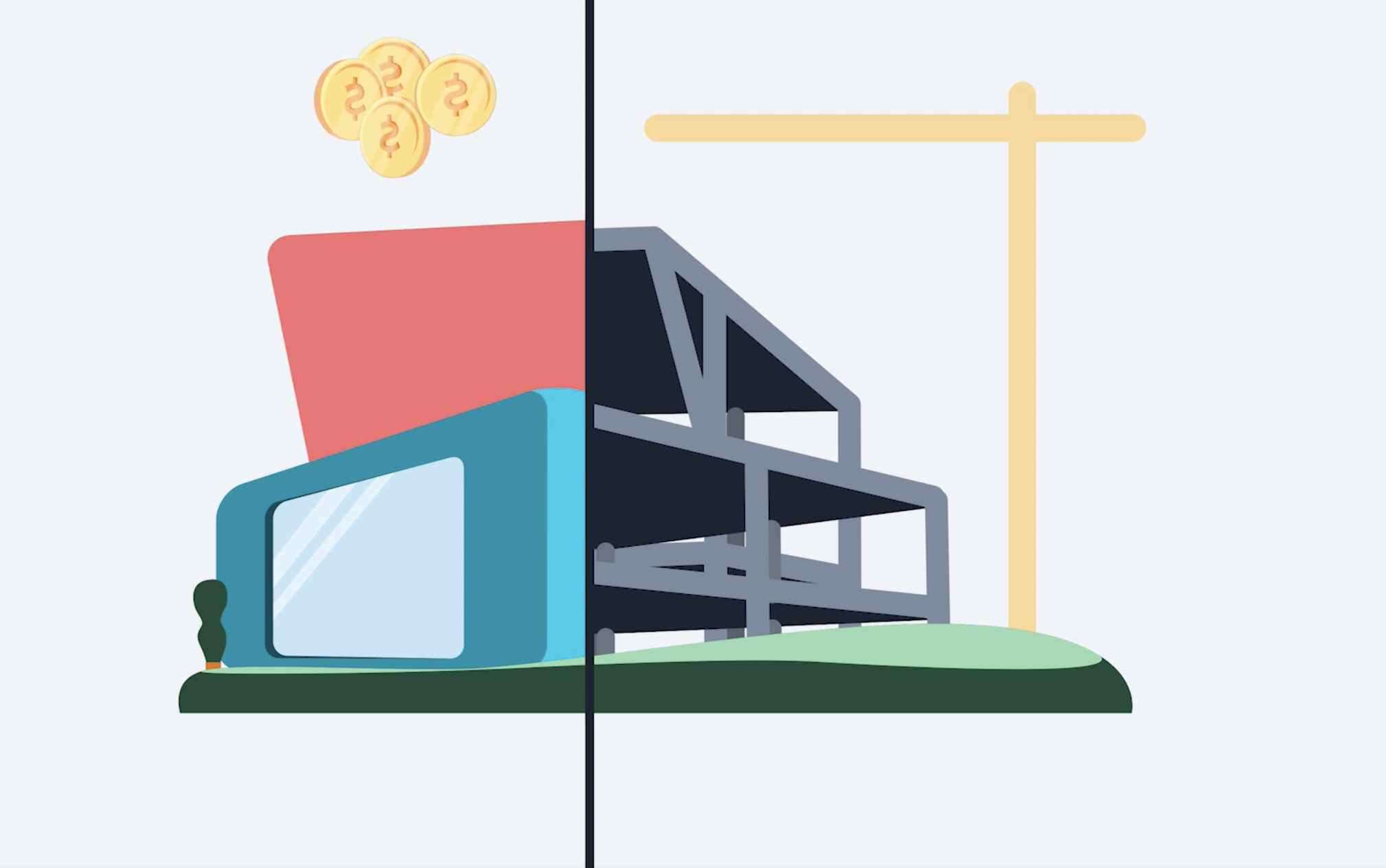In today’s rapidly changing construction industry, contractors face various challenges. One of the most significant challenge is the need to streamline processes and improve collaboration between project stakeholders. Building Information Modelling (BIM) combined with cloud services can help contractors overcome these challenges by providing real time, digital representations of buildings physical and functional characteristics.

Brief Explanation of the BIM Concept
BIM is a process that involves creating, managing, and sharing digital representations of a building’s design with correcsponding construction information. It allows contractors to collaborate effectively with architects, engineers, customers and other stakeholders throughout the construction process. BIM models are three-dimensional (3D) models usually created by consultants or in-house using modelling software. Contractors then use it to carry out the construction. After project delivery, it can and should be used as documentation, life cycle analysis and a maintenance guideline.
Importance of Model Coordination
The importance of having a single source of truth for project information cannot be emphazied enough. Model coordination needs to be done well, otherwise BIM might very well steal more time and costs than it saves. A great tip is to use good cloud based software solutions to handle your models. This can help contractors avoid conflicts during the construction process.
The Potential of BIM is Realized Through Well-Made Software and Training
To fully realize the benefits of BIM, contractors must invest in the necessary technology and training. This includes acquiring and learning new BIM software, as well as collaborating to establish standards and workflows. Depending on your scope and ambition, you might want to look into ISO 19650. By investing in BIM, you most definitly will increase your margins if done correctly.
Conclusion
As the construction industry continues to evolve, BIM is becoming increasingly essential for contractors looking to remain competitive and deliver high-quality projects. By adopting BIM processes, contractors can streamline their construction processes, thereby reducing costs, and improving project deliveries. Just beware the elephant in the room, avoid overcomplication and bad model coordination at all costs.





